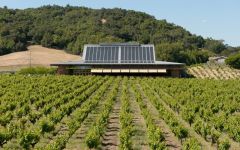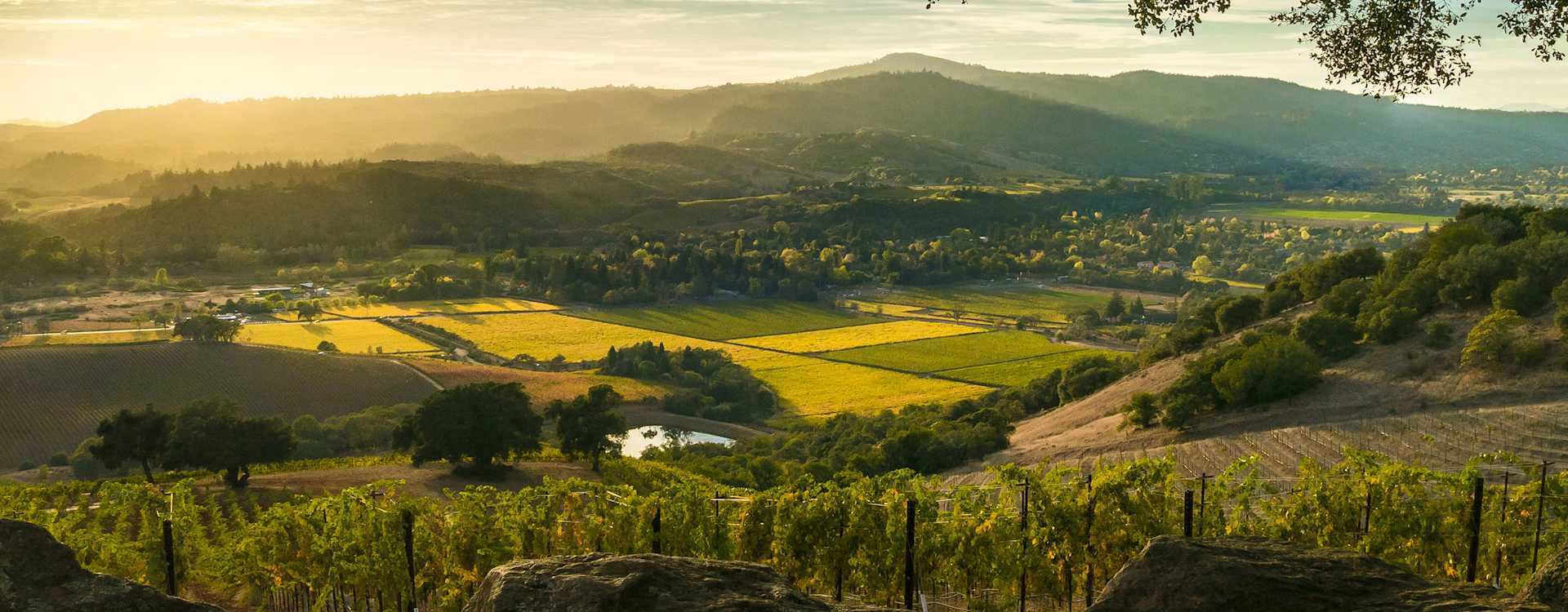Ridge Lytton Springs (1.5 Liter Magnum) 2018
-
Wilfred
Wong -
Robert
Parker -
Wine
Enthusiast -
Jeb
Dunnuck



Product Details
Your Rating
Somm Note
Winemaker Notes
Professional Ratings
-
Wilfred Wong of Wine.com
COMMENTARY: The Ridge Lytton Springs, formerly called Lytton Springs Zinfandel, was one of the first wines that propelled me into becoming an extreme wine researcher. I tasted the 1972 vintage at The Wine & Cheese Shop on Union Street in San Francisco. For weeks after that initial tasting, the aromas and flavors stayed memorable. I still recalled that moment as I savored the 2018 vintage, which has now eclipsed that moment in the mid-1970s. TASTING NOTES: This wine is nothing short of remarkable. Its aromas and flavors of ripe raspberries scream, "Dry Creek Valley." Enjoy it with a mildly-spiced, oven-roasted Porchetta. (Tasted: September 17, 2020, San Francisco, CA)
-
Robert Parker's Wine Advocate
The 2018 Lytton Springs is a blend of 72% Zinfandel, 18% Petite Sirah, 8% Carignane and 2% Mataro. The nose is lush and open, with aromas of aniseed, red and blue berries, blood orange and earth plus touches of tobacco leaf and dried flowers. The medium-bodied palate combines intense, powerful flavors with a more ethereal, silty structure, and it finishes with loads of juicy layers. It's stunning straight from bottle but will have more to give with time in the cellar.
-
Wine Enthusiast
This well-balanced 72% Zinfandel blend is a classic. Concentrated in flavor and firm in structure, it is also silky in texture and so easy to sip and swallow. The nose is packed with hints of charcoal, black fruits and black pepper, while the palate boasts plump blackberry and tangy raspberry shaded by salt and pepper notes. Best from 2024.
-
Jeb Dunnuck
Checking in as 72% Zinfandel, 18% Petite Sirah, 8% Carignan, and the rest Mourvèdre, the 2018 Lytton Springs has a more nuanced, complex style that builds nicely with time in the glass. Red plums, mulberries, flowery incense, cedar, and a kiss of chocolate all define the bouquet, and this beauty hits the palate with medium to full-bodied richness, a seamless, elegant texture (which is the hallmark of this vintage), and ample chalky minerality on the finish. It's going to benefit from a year or three of bottle age and shine for over a decade. I've had this cuvée with 20+ years of bottle age and it ages surprisingly well.
Other Vintages
2015-
Connoisseurs'
Guide -
Jeb
Dunnuck -
Wine
Spectator
-
Wilfred
Wong -
Robert
Parker
-
Wilfred
Wong -
Tasting
Panel -
Robert
Parker -
Wine
Spectator







Ridge's history begins in 1885, when Osea Perrone, a doctor and prominent member of San Francisco's Italian community, bought 180 acres near the top of Monte Bello Ridge in the Santa Cruz Mountains. He planted vineyards and constructed a winery of redwood and native limestone in time to produce the first vintage of Monte Bello in 1892. The historic building now serves as the Ridge production facility.
Though Ridge began as a Cabernet winery, by the mid-60s, it had produced several Zinfandels including the Geyserville. In 1972, Lytton Springs joined the line-up and the two came to represent an important part of Ridge production. Known primarily for its red wines, Ridge has also made limited amounts of Chardonnay since 1962.
The Ridge approach is straightforward: find the most intense and flavorful grapes, guide the natural process, draw all the fruit's richness into the wine. Decisions on when to pick, when to press, when to rack, what varietals and what parcels to include and when to bottle, are based on taste. To retain the nuances that increase complexity, Ridge winemakers handle the grapes and wine as gently as possible. There are no recipes, only attention and sensitivity.

With hundreds of red grape varieties to choose from, winemakers have the freedom to create a virtually endless assortment of blended red wines. In many European regions, strict laws are in place determining the set of varieties that may be used, but in the New World, experimentation is permitted and encouraged resulting in a wide variety of red wine styles. Blending can be utilized to enhance balance or create complexity, lending different layers of flavors and aromas. For example, a red wine blend variety that creates a fruity and full-bodied wine would do well combined with one that is naturally high in acidity and tannins. Sometimes small amounts of a particular variety are added to boost color or aromatics. Blending can take place before or after fermentation, with the latter, more popular option giving more control to the winemaker over the final qualities of the wine.
How to Serve Red Wine
A common piece of advice is to serve red wine at “room temperature,” but this suggestion is imprecise. After all, room temperature in January is likely to be quite different than in August, even considering the possible effect of central heating and air conditioning systems. The proper temperature to aim for is 55° F to 60° F for lighter-bodied reds and 60° F to 65° F for fuller-bodied wines.
How Long Does Red Wine Last?
Once opened and re-corked, a bottle stored in a cool, dark environment (like your fridge) will stay fresh and nicely drinkable for a day or two. There are products available that can extend that period by a couple of days. As for unopened bottles, optimal storage means keeping them on their sides in a moderately humid environment at about 57° F. Red wines stored in this manner will stay good – and possibly improve – for anywhere from one year to multiple decades. Assessing how long to hold on to a bottle is a complicated science. If you are planning long-term storage of your reds, seek the advice of a wine professional.

Home to a diverse array of smaller AVAs with varied microclimates and soil types, Sonoma County has something for every wine lover. Physically twice as large as Napa Valley, the region only produces about half the amount of wine but boasts both tremendous quality and variety. With its laid-back atmosphere and down-to-earth attitude, the wineries of Sonoma are appreciated by wine tourists for their friendliness and approachability. The entire county intends to become a 100% sustainable winegrowing region by 2019.
Sonoma County wines are produced with carefully selected grape varieties to reflect the best attributes of their sites—Dry Creek Valley’s consistent sunshine is ideal for Zinfandel, while the warm Alexander Valley is responsible for rich, voluptuous red wines like Cabernet Sauvignon. Chardonnay and Pinot Noir are important throughout the county, most notably in the cooler AVAs of Russian River, Sonoma Coast and Carneros. Sauvignon Blanc, Merlot and Syrah have also found a firm footing here.
